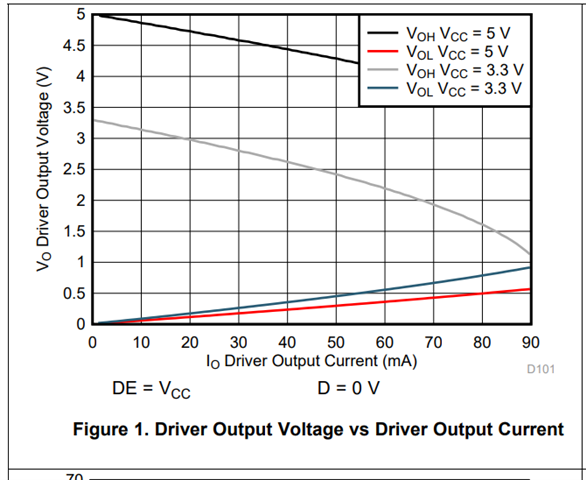Hello,
The THVD1419 consists of 1/8 UL transceivers, connecting up to 256 receivers to the bus is possible.
In system level, how could customer to do verification that their 1/8 UL system could support 256 receivers?
Do 256 loads test? Any suggestion?


